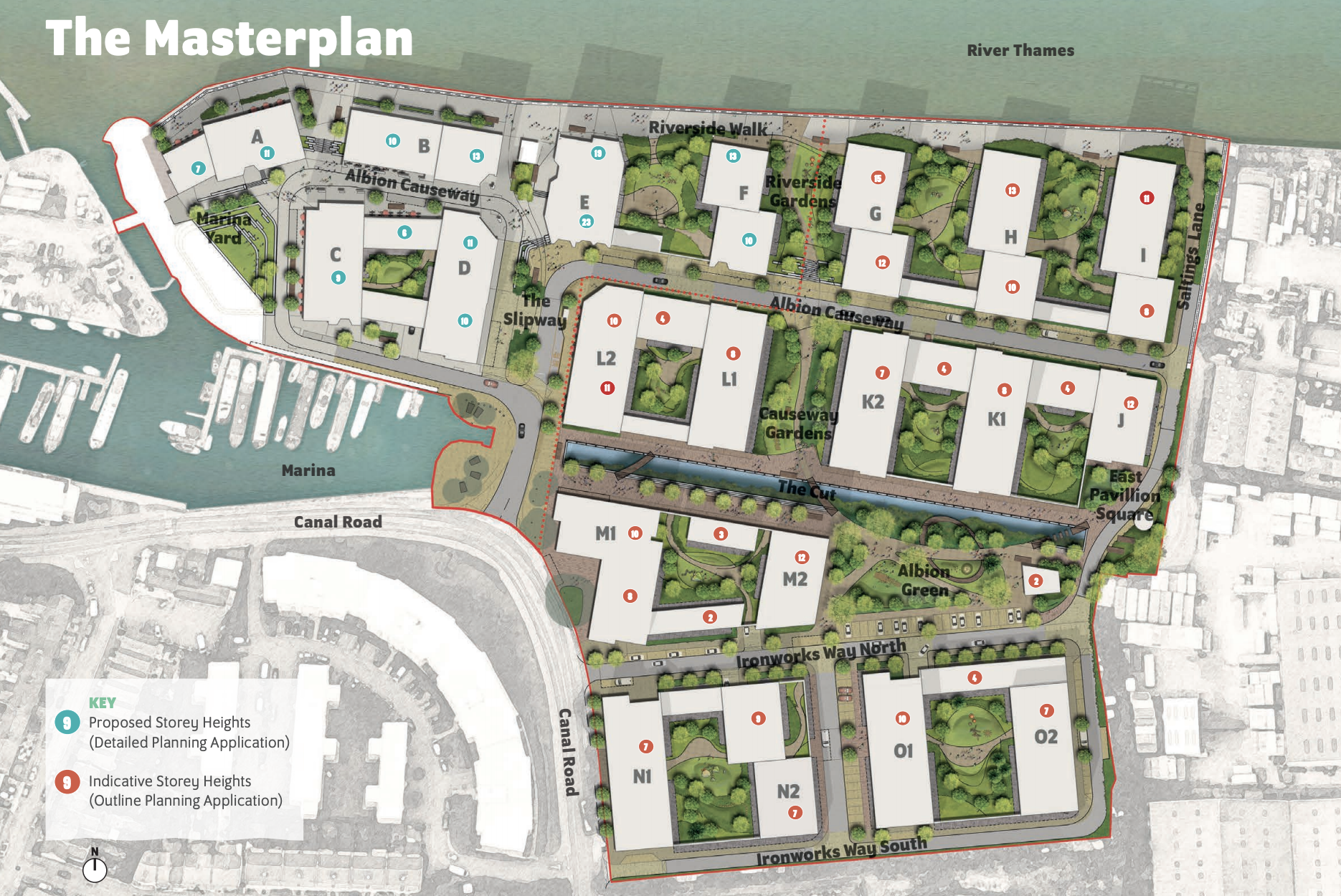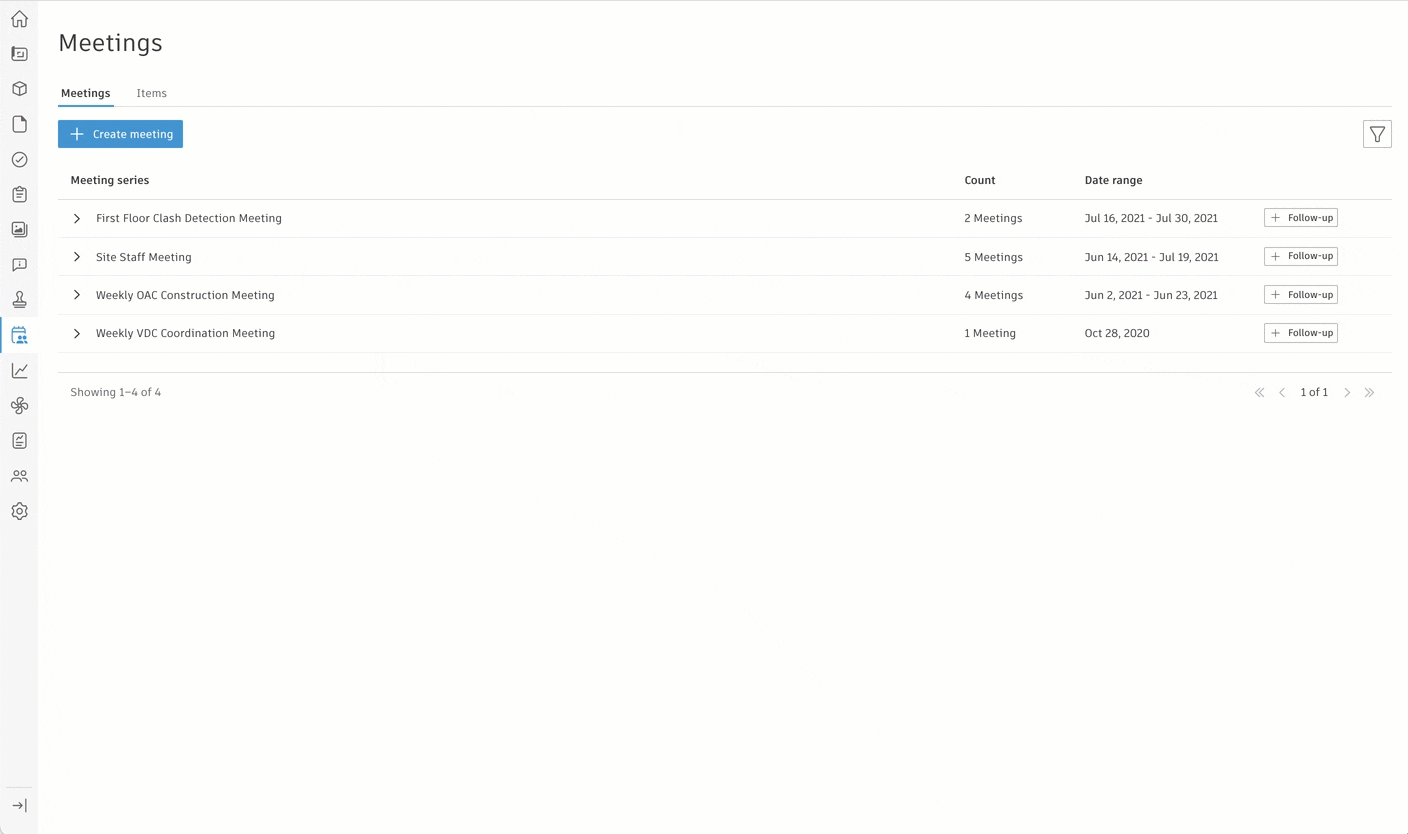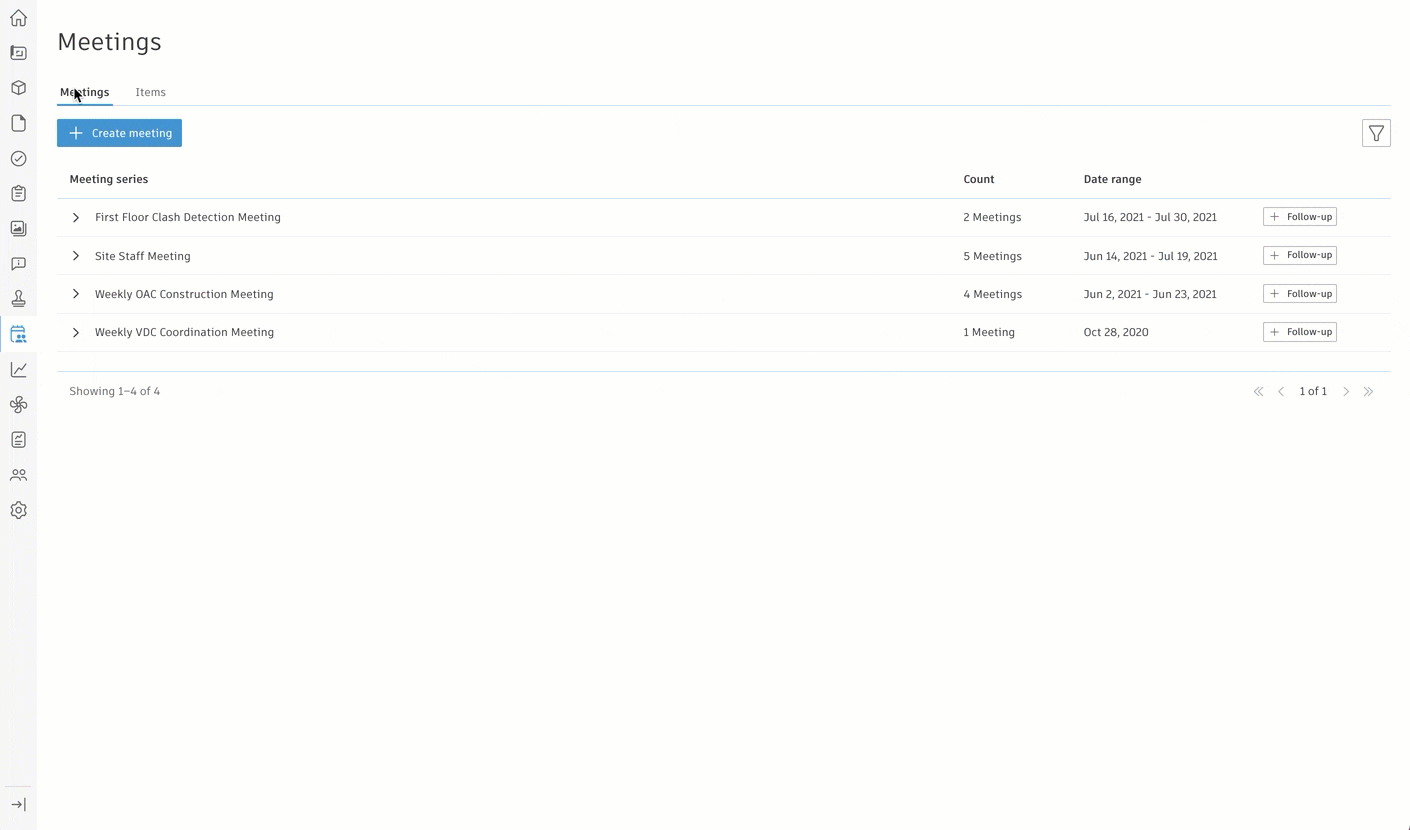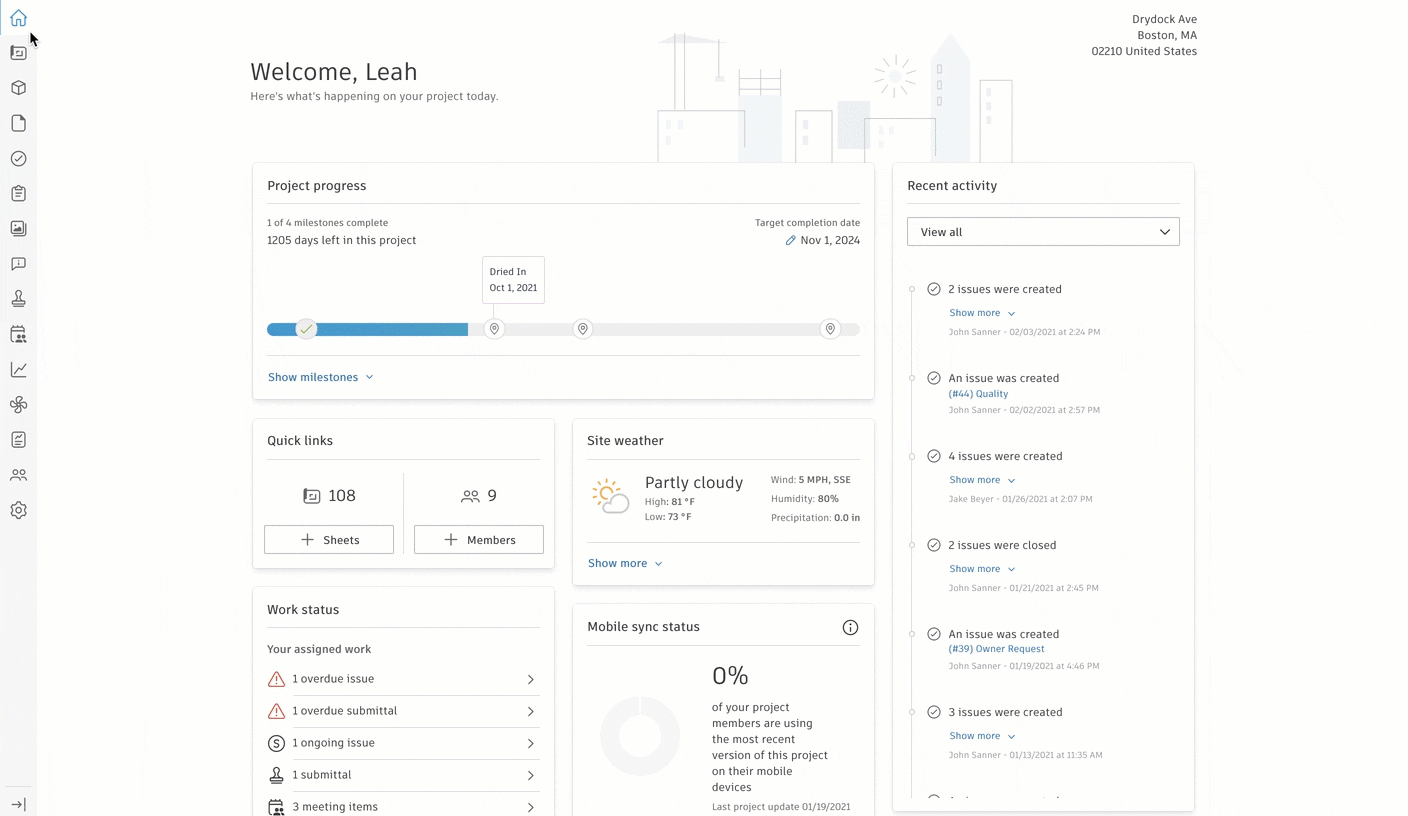Home » Construction Management (Page 10)
Category Archives: Construction Management
ConstructConnect’s Hot Projects – July 26, 2021

Listed below are ConstructConnect’s Hot Commercial Construction Projects, both public and private, for the week. Our Hot Projects showcases three currently bidding or sub-bidding projects from all 50 states and the District of Columbia pulled from our extensive database of construction leads.
![]()
Did you miss our previous article…
https://www.arizonasolarsociety.com/?p=160
CLC calls for construction exemption from pingdemic
Industry leaders have called for the acceleration of rules relaxing requirements for Covid-19 self-isolation for double-vaccinated construction workers.
The Construction Leadership Council is warning that sites will “grind to a halt” amid the pingdemic.
On August 16 regulations on self-isolation will be relaxed across the economy when anyone who has been double-jabbed will be able to continue to work if they are notified that they have been a contact of someone that has Covid-19.

But ahead of the change, construction businesses from merchants to manufacturers and consultants to contractors are being severely hampered as staff are having to stay home after being identified as a contact of a Covid-19 case, even if they are fully vaccinated.
The issue is further exacerbating existing difficult trading due to materials and staff shortages.
The CLC proposes that the 16 August relaxation be brought forward as soon as is possible.

CLC co-chair Andy Mitchell said: “We have reports from across the industry of plants, sites and offices having to wind down activities as staff have been asked to isolate.
“This is putting very significant pressure on the sector, risking project delivery and even the viability of some firms.
“Where staff are already fully vaccinated, and recognising that such people will be free to work from 16 August anyway, we are asking the Government to bring forward this
date for essential industries like construction, ensuring that the industry doesn’t grind to a halt.”


Did you miss our previous article…
https://www.arizonasolarsociety.com/?p=150
1,500-homes Gravesend riverside scheme approved
Developer Joseph Homes has got the planning thumbs up for a landmark regeneration scheme of 1,500 flats around the canal basin in Gravesend, Kent.
The 5.5ha brownfield site, situated on the south bank of the River Thames, will need £16m of enabling and infrastructure works.
Joseph Homes is proposing to spend over £3m upgrading flood defences, £6m on contaminated land remediation and £7m on transferring electricity from Ebbsfleet.

The first phase of the scheme, which received detailed planning in the hybrid planning application, consists of six blocks with one rising to 23-storeys tall.

The development will include a mix of affordable housing as well as Later Living and build-to-rent homes as well as 4,500sq m of space for local businesses including shops, restaurants and workspaces.

Site remediation and clearance will get underway in the autumn with first construction scheduled to start in 2023
Craig Carson, Development Director at Joseph Homes said: “We are thrilled that Gravesham Borough Council unanimously voted in favour to grant planning permission for Albion Waterside.

“Our masterplan regeneration for this site is one we’ve worked on with our brilliant project team – JTP, Barton Willmore, Ramboll, Caneparo Associates, Montagu Evans, Patrick Parsons and BDP Landscape – to ensure that we will deliver a vibrant and truly sustainable neighbourhood for Gravesend.”
Ian Fenn, Partner at JTP said: “This site offers huge potential to transform an underused industrial area into a thriving new riverside neighbourhood, which will re-establish old links and connections and create new ones, whilst also marking this important location on the River Thames.”


McLaughlin & Harvey profits halve to £5.9m
Private contractor McLaughlin & Harvey saw pre-tax profits slide to £5.9m from £11.5m last year as extra costs from Covid safe working took their toll on the business.
But despite these challenges, the Cheevers family-owned group held revenue at a near-record level of £480m, down 6% from the year before, with operating margins at 1.1%.
Both the construction and civil engineering division, which contributed £417m of total revenue, continued to trade profitably despite the additional challenges and extra costs that Covid brought.

Over the year the group, which employs 800 staff out of offices in offices in Belfast, Glasgow, London, Edinburgh, Liverpool and Bristol, received £2.2m in furlough support cash from Government.
Finance director David O’Neill said that other smaller group businesses – distribution and the environmental landfill business – also both performed strongly last year, building a platform for the year group ahead.

“The current order book, tender opportunities and performance for 2021 are very healthy and we anticipate a strong performance,” said O’Neill.
“The fundamentals of each of the businesses with McLaughlin & Harvey Group are strong. The balance sheet for the group shows net assets of £57.6m supported by net cash of £69.9m.”
In June, McLaughlin & Harvey launched a new dedicated fit-out business called WorkSpace to offer clients a range of services spanning build, fit out, facilities management, bespoke joinery, and commercial furniture.
Richard Cheevers, McLaughlin & Harvey Director, said: “The company has built a strong reputation for delivering large scale construction and civil engineering schemes over many years, and recently the directors felt there was a need to create a dedicated division for projects outside the scope and scale of those traditionally associated with McLaughlin & Harvey.


Did you miss our previous article…
https://www.arizonasolarsociety.com/?p=131
7 Things to Know About the Sustainable Future of Construction
There have been warning signs in the construction sector for years. The industry creates high levels of physical and digital waste, with 10-15% of materials wasted on every build.
Construction and the built environment account for nearly 38% of all energy-related carbon emissions around the world. And what’s more, we’re battling low productivity and a growing skills shortage. From an environmental, social and economic perspective, it’s simply not sustainable.
But crucially, there’s greater appetite for change in construction than ever before. At two events, London Build and the Festival of Digital Construction, panellists came together to discuss the opportunities for change in the industry.
7 key takeaways on the future of sustainability in construction
1. Incremental change won’t cut it: we need a paradigm shift
The construction industry has been doing the same things for a long time. According to Dale Sinclair, Director of Innovation, EMEA at AECOM, you have to look to the beginning of the twentieth century for the last major innovations like steel and drywall. “If you think about the Empire State Building and the speed it was constructed, that would still be impressive today,” he noted.
Many of the recent improvements in the industry have focused on optimising traditional approaches – but with pressures like the climate crisis and population growth, we need more radical change. As Jaimie Johnson, Head of Global Systems at Bryden Wood put it, “We can’t use traditional techniques to meet population growth. We’ll kill the planet before we house the planet.”
The construction industry will have a huge impact on the future of the build environment, affecting the lives of people hundreds of years from now – as Emilia Hagberg, Senior Sustainability Manager at Skanska, explained. Whatever lens you use, it’s time for construction to do something fundamentally different.
2. There’s a carrot, as well as a stick, for improving sustainability
Companies are facing very real commercial pressures to become more sustainable. Investors want to know that companies are dealing with the risk of climate change, by adapting their business models. There’s greater public and government pressure, which may result in binding regulations.
And critically, owners are beginning to demand greater sustainability, from construction through to operations. Tom Blankendaal, Project Manager, Circular Economy at BAM, shared a story of working with a Dutch bank to create a more sustainable design. “We eventually redesigned the whole project with a trade-off matrix on different sustainability factors, such as energy usage, circularity and total cost of ownership. In the end, we made some very radical design decisions.”
There are also commercial benefits. As Dr Bonahis Oko, Sustainability, Carbon and Environmental Lead at Bouyges Energy Services explained, companies should recognise this “carrot” as well as the “stick.” “Sustainability measures often drive greater efficiency on projects: for example, reducing mistakes also reduces waste. It’s important to look ahead too. Think of sustainability as a factor in the future of the business: an R&D investment rather than just an obligation to fulfil.”
3. True sustainability accounts for the whole life of an asset, so adaptability matters
For a meaningful view of an asset’s sustainability, owners have to consider its whole life emissions – which can open up new ways of thinking. As Dale at AECOM explained, “The construction of a building only accounts for 20% of its whole life costs. If you make it 20% more operationally efficient over its lifetime, you effectively get the building for free.”
Adaptability is essential for maximising a building’s usefulness, prompting a move to long life, loose fit assets. “The most sustainable building is the one that already exists,” explained Az Jasat, Senior Industry Manager, Industrialised Construction, Autodesk.
Jaimie at Bryden Wood recommended we take inspiration from the Victorians, who built incredible overengineered brick buildings which have been converted to many uses over the years, from water stations to climbing walls to offices to flats. “Let’s be the modern Victorians and create the kind of infrastructure that’s superbly well-built for a 150-year lifecycle,” he said.
4. Industrialised construction and design for manufacture and assembly (DFMA) will be critical
By applying manufacturing techniques to the built environment, industrialised construction and DFMA can increase the efficiency and reduce the emissions of projects. According to Az at Autodesk, “these two movements are our best chance of turning this ship around.”
Going one step further, some organisations are exploring the potential of platforms in construction: using consistent components and processes to construct a wide range of buildings, in a similar approach to furniture designs at IKEA.
Jaimie at Bryden Wood explained how the Construction Innovation Hub examined the UK’s public sector construction pipeline across every department. The project found that 70% of the total pipeline could be constructed with the same structural kit of parts, the equivalent of £35bn of assets.
“More than half of the space in schools, hospitals and prisons isn’t sector specific; it might be hallways, toilets, storage or bedrooms,” he said. “If you use the same products and processes across these platforms, there’s much more scope to optimise the components to make them as sustainable as possible.” By using common components on a project called The Forge in London, Bryden Wood saved 20% of the embodied carbon on the build.
5. Both old and new materials have huge potential
Re-evaluating which materials are used in construction – and how – will be critical. As Frank Blande, Senior Sustainability Manager at Multiplex, highlighted, concrete and steel are the two biggest emitters in construction’s carbon footprint.
Innovations in materials science could help to solve this issue, as could the renaissance of older building options. Tom at BAM advocated the potential of engineered wood, as a means of not only reducing carbon emissions but capturing them. The largest timber tower in the world was recently completed in Norway, reaching 18 storeys.
There are many elements that impact the sustainability of materials, so better data will also help teams to make more informed decisions about pay offs. Tools like the Embodied Carbon Calculator are already supporting client dialogues. Tony Saracino, Senior Sustainability Success Manager at Autodesk, advocated harmonised ISO standards for material profiles, to take the industry away from rule of thumb estimations.
Better data also creates the opportunity for materials passports, so that components can be re-used; given that currently 54% of demolition materials go into landfill, this could have a substantial impact.
6. Data will be the force behind all of these changes
Creating a more sustainable industry must start with data. As Frank at Multiplex explained, “Clear and accurate data helps us to better understand where we actually are – our sustainability baseline. It’s then possible to put data-driven strategies in place. As a sustainability team, we’re working with other disciplines across the business to get accurate data in place and set minimum data requirements that cover the business, supply chain and collaborators.”
Making this information available to project decision makers will help to improve design management, planning and quality. Data can also support closer collaboration with clients. AECOM is currently working with Autodesk on a viewer that simplifies information into a really intuitive interface: allowing everyone to get to grips with the data and understand the implications of the design.
However, organisations can encounter challenges with data management: currently lots of sustainability managers’ time may be spent collating siloed information manually, so automating data capture and analysis will be hugely valuable. Going forward, creating feedback loops about the real-world operations of buildings – through tools like digital twins – will also be key.
7. All the stars are aligned: now it’s up to the industry
Sustainability presents significant opportunities for construction, but there are widespread cultural barriers to overcome. Construction is an incredibly risk-based industry, with many companies trying to protect thin profit margins. According to Frank at Multiplex, that can make innovation and new approaches unattractive – as organisations often can’t look to people that have tried it before.
But as Rachael Atkinson, Construction Solutions Executive at Autodesk, highlighted, “Children have been brought up to understand the importance of the environment. Future generations will enter the industry with this whole new mindset – so maybe it’s us that need to change.” This is a collective effort, and transparency – and learning from one another – will be critical. As Tom at BAM explained, “Rather than copyright, we see it as the right to copy.”
All of our panellists are clear on the need to change, right now. As Dale at AECOM said, “We’re dealing with a significant time gap. In five years’ time, the aspirations from owners and occupiers will be completely different. Owner need to shift their thinking into the future today.”
Jaimie at Bryden Wood concluded, “All of the stars are aligned: the climate crisis, the business imperative and government policy. Plus the financials: if you make a building that’s 20% more sustainable, the construction is essentially free. What else are you waiting for? Now is the time for every business to engage and accelerate the move to sustainability.”
Check out our recent report on the path to sustainability for construction business leaders.
You can view the panel discussions in full here:
- London Build: Industry Sustainability and Productivity – Unlock the Benefits and Impact of Industrialized Construction
- The Festival of Digital Construction: The importance of data and how it is impacting the construction industry
The post 7 Things to Know About the Sustainable Future of Construction appeared first on Digital Builder.
Cleveland Bridge heads for administration
Steelwork contractor Cleveland Bridge has issued advance notices of redundancies to around 220 staff as the firm battles for survival.
Senior managers were understood to be seeking to secure a £6m bailout from present owner, the Saudi Arabian Al Rushaid Group, but struggled to win further backing, according to insiders.
It is understood Cleveland Bridge filed for insolvency yesterday setting off the administration process as it struggled to pay subcontractors and suppliers.
A source told the Enquirer that problems emerged when the 2020 accounts were being put together late last year.

A source said: “A major Sri Lankan bridge building programme secured by the firm was put on hold cutting off an important revenue stream which exposed budget problems in the UK.”
This led to some streamling in May when around 24 redundancies were made.
Early last month chief executive Chris Droogan suddenly left the business because of ill-health, which fueled rumours that the firm established in 1877 was in financial trouble.

A spokeswoman for the company today confirmed that an advanced notification of possible redundancies had been issued.
“The company is actively taking advice and exploring a range of options,” she said.
Darlington MP Peter Gibson said that he had contacted senior management at Cleveland Bridge to seek reassurances about the business’s future.

He told BBC Radio Tees that they had confirmed administrators were being appointed.
“They are urgently seeking someone to buy the business. The fact it has got an 18-month pipeline of work is a very positive sign and the heritage is truly fantastic,” he said.


Did you miss our previous article…
https://www.arizonasolarsociety.com/?p=59
New in Autodesk Construction Cloud: Enhance Transparency and Efficiency with Meetings Release
Meetings are essential to the success of all construction projects. Whether it be weekly coordination or OAC meetings, they are a necessary part of the design, preconstruction, and construction phases to bring multiple teams and stakeholders together to check in on action items, coordinate activities, and resolve issues.
Ensuring teams have an effective way to run a meeting, create agendas, and assign action items is just as critical to project success as work executed in the field. For example, suppose a material submittal is waiting for approval and delaying a project. In that case, the construction team can easily add an agenda item to discuss and address in their weekly OAC meeting. During the meeting, the specific submittal item can be referenced in the agenda, and the architect’s representative can easily be assigned an action item with a due date to work with relevant stakeholders and secure approval. Similarly, coordination meetings need to address complex and potentially costly clashes first, so agenda items can focus a meeting with referenced issues and status, assignee, and the associated model.
Introducing Enhanced Meeting Views
At Autodesk, our product teams are constantly building on our promise of delivering connected construction through our unified Autodesk Construction Cloud platform. This includes ensuring project teams can efficiently collaborate in every phase and project activity, including meetings. With our latest release for Meetings for Autodesk BIM Collaborate and Autodesk Build, teams can enhance transparency and ensure all meeting items are addressed and resolved.
Let’s explore how our latest product enhancement can improve how teams collaborate in meetings with new, enhanced views to organize and track meetings and meeting items.
Looking to run more effective meetings? Join our webinar on July 29 at 11:00 am – 12:00 pm PT to learn how to save time with coordination meetings with Autodesk BIM Collaborate.
Register NOW
Improved Meetings List View
Now, Autodesk BIM Collaborate and Autodesk Build users will have a new, streamlined view of all relevant meetings. All meetings will now be grouped by their relevant series, such as OAC Meetings or Coordination Meetings.
Users can click on the series to expand it to see all individual meetings in a particular series. This makes it easier to find the meeting they’re looking for and easily reference any key agenda or action items.
Check out the enhanced list view in action.

New Meeting Items View
Tracking meeting items can be a tedious task. But the new meeting items view in Autodesk BIM Collaborate and Autodesk Build simplifies tracking and makes it easier for users to manage meeting items.
The new view collates all meeting items into one list. Users can customize the view and streamline item management by sorting the list by status, meeting, or due date. Filters also enable users to easily find specific action items, status, assignees, unassigned items, due date, or items that were flagged during a meeting.
The view’s flexibility and customization make it easier to track items across a number of meetings and ensure nothing falls through the cracks.
Watch the new items view in action.

Meeting in Project Home
With so many moving parts in every construction project, it can be challenging to remember which tasks to prioritize once a meeting ends. But now, Meetings are included in Project Home for Autodesk Build users, enabling a quick view of the most relevant items and statuses.
When logging into Autodesk Build, users will see meeting items in the work status module. In “Your assigned work,” users can see the number of upcoming and overdue open or ongoing meeting items assigned to them and seamlessly jump to a view of their action items. In “Project assigned work,” users can see the number of open or ongoing meeting items and click to jump to a view of those items.
With Meetings in Project Home, individuals and teams can more easily track and resolve open meeting items.
See the project home view in action.

Run More Effective Meetings with Autodesk Construction Cloud
The new Meetings release isn’t the only way that Autodesk Construction Cloud unified platform helps teams increase transparency and run more effective meetings. For instance, with project references, teams can link Files, Photos, Issues, Sheets, Models, and much more to ensure relevant information is quickly and easily accessible, leading to more effective and productive conversations.
Additionally, with the Zoom integration, teams can easily add in the video conference link and ensure that remote members can attend, participate, and collaborate in meetings. And with a unified platform, owners and other stakeholders always have insight and visibility into past project decisions and documentation captured throughout a project’s lifecycle.
If you’re looking to enhance meetings, don’t forget to register for our webinar, “How to Run an Effective Coordination Meeting,” on Thursday, July 29 from 11:00 am – 12:00 pm PT to get useful tips on stakeholder expectations, prework, agenda creation, guidelines to remain focused, and follow-through.
Register NOW
Learn more about all updates across Autodesk Construction Cloud this month in our blog.
The post New in Autodesk Construction Cloud: Enhance Transparency and Efficiency with Meetings Release appeared first on Digital Builder.
Register Now for Autodesk University 2021
2020 was a major transition period for construction, but 2021 is arguably an even more pivotal year for the industry.
If the previous year was all about adopting new tools and ways of doing things, 2021 is one that’s focused on applying the lessons and solutions we picked up in 2020 and figuring out how they fit into today’s new normal.
With more tools, innovations, and insights than ever before, now is the perfect time for construction firms to invest in continuous learning opportunities for their employees.
Enter Autodesk University 2021, the premier conference that brings together top professionals in architecture, engineering, and construction.
Between October 5-14, 2021, the event promises to be an unforgettable experience packed with learning and networking opportunities. You’ll get the chance to attend various keynotes, as well as live and on-demand sessions. Plus, you’ll get to connect with fellow construction professionals from all over the globe.
Register today and mark your calendar!
REGISTER
AU 2021 is a must-attend event for all construction professionals who want to advance their careers. There will be keynote sessions, classes, and workshops covering multiple topics within construction in addition to topics on architecture, engineering, and manufacturing and how they are impacting what you do. No matter what your role is or where you are in your career, you’ll certainly pick up valuable knowledge, skills, and opportunities by attending.
This year, Autodesk University is taking place on the following dates:
- October 5 – 7: Americas
- October 6 – 8: EMEA and APAC (Australia and New Zealand, India)
- October 13 – 14: East Asia (China, Japan, Korea)
It’s a truly global event designed to cater to all attendees, no matter where you’re coming from. Select sessions will be available in multiple languages and English, including German, Japanese, Chinese, Korean, Russian, Spanish, and French.
If registration is currently unavailable for your region or language, please check back in the coming weeks.
Why Attend AU 2021?
Staying stagnant isn’t an option if you want to progress in such a dynamic field like construction. Keeping yourself abreast with updates on recent trends and developments, as well as surrounding yourself with like-minded peers, will open you up to new ideas and innovations — all of which can help you be more competitive in the industry.
As for why you should attend AU 2021 specifically, here are just a few ways that this no-cost event can benefit you and your organization.
Learn from Experts
AU 2021 offers a range of keynotes, workshops, and live panels led by industry and product experts who are at the forefront of construction innovation. Not only will you have the opportunity to hear from them, you can also get your questions answered and participate in highly interactive sessions.
Be the First to Hear Exciting Autodesk News
Connect with the very people behind the products you use every day — including the latest news and updates for Autodesk Construction Cloud unified platform.Key Autodesk product professionals, specialists, and industry enthusiasts will take the stage and provide updates and tips to help you get the most out of your software. Whether you’re a product expert or just getting started with Autodesk software, you’ll want to tune in.
Advance Your Career
If you want to know what’s next in construction and future-proof your organization, AU 2021 has got you covered. The event will fill you in on emerging construction technology, trends, and ideas shaping the future of our industry. You’ll walk away with information that you can apply both at a strategic and tactical level, ensuring that your company doesn’t get left behind.
How to Register
Autodesk University 2021 is no cost to attend, though you need to register in order to access the sessions and resources offered by the event. Just use your Autodesk account to sign up for AU 2021.
If you don’t have an account yet, simply visit the Autodesk website to create one. From there, head to the registration page and enter your name and email.
REGISTER NOW
How to Plan Your Schedule
Autodesk University 2021 will offer hundreds of sessions. We want to make sure that you’re able to catch the ones most relevant to your needs, so we’ll curate session paths for specific interests and job roles. Stay tuned for more information over the next few weeks and get details on how you can design an AU 2021 experience that’s tailored to your needs.
To ensure you don’t miss any updates, subscribe to our blog and keep an eye out for event updates and session recommendations.
Looking forward to seeing you there!
The post Register Now for Autodesk University 2021 appeared first on Digital Builder.